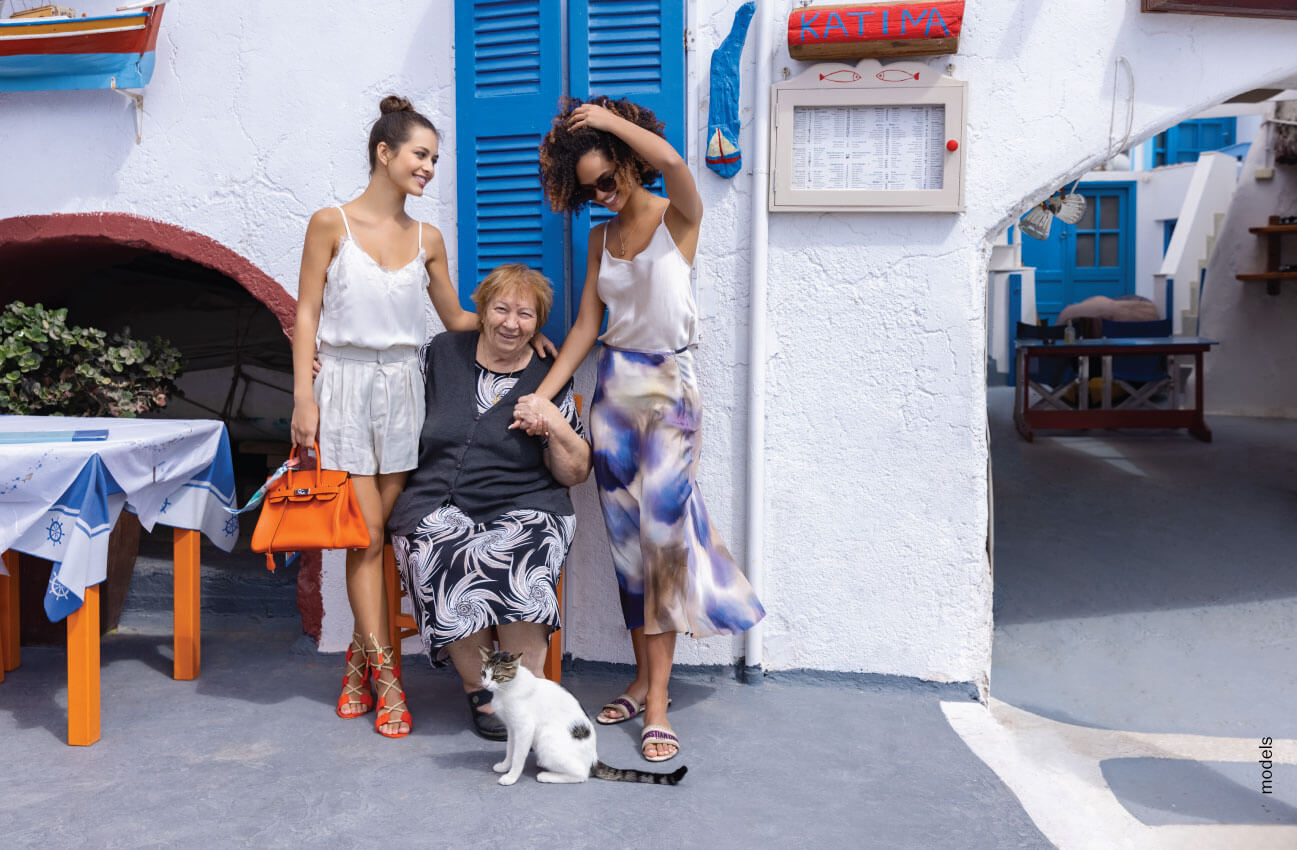

Tinea Versicolor
Tinea versicolor is a fungal infection of the skin, caused by an overgrowth of yeast. The primary yeasts that cause tinea versicolor are Malassezia globosa, Malassezia furfur and Pityrosporum ovale.
WHO IS AT RISK OF TINEA VERSICOLOR?
Everyone has yeast living on their skin. The skin disease tinea versicolor is caused when the yeast begins to grow out of control. This condition is most common in adolescent boys and young adult males, and occurs more frequently in hot climates. In fact, it is one of the most common skin disease in tropical and subtropical parts of the world.
Tinea versicolor may also be triggered by excessive sweating, oily skin or a weakened immune system. Tinea versicolor is not contagious; a person cannot get it from another person.
WHAT ARE THE SYMPTOMS OF TINEA VERSICOLOR?
The first symptom is usually visible spots on the skin. People with darker colored skin typically experience a loss of color in the spots, while lighter-skinned people often see the spots as a darkened area. Because of this, the resulting rash is usually very visible.
A tinea versicolor rash will often spread to areas of the skin on the face, arms and legs, although any part of the body can be affected. The rash areas can become dry and scaly, and begin to flake after a while. The area may be very itchy, and be more noticeable as the skin tans. Spots or rashes may tend to disappear as the temperature drops, and reappear as the weather grows warmer.
HOW CAN TINEA VERSICOLOR BE TREATED?
This condition is treated by applying topical antifungal medicine to the skin. The typical medications used include clotrimazole, ketoconazole and miconazole. Oral antifungal medications may also be used in more severe cases, but are usually only taken for a short time, as they can cause side effects and interfere with other medications.
There are also other methods of treating and managing tinea versicolor. Medicated cleansers used once or twice a month often help, especially during warm or humid weather. Over-the-counter dandruff shampoo, applied to the skin for ten minutes daily, is another at-home treatment option.
With proper prevention and treatment, the yeast that causes tinea versicolor is easy to control. However, it is a condition that often returns year after year, especially in tropical climates and warm, humid weather.